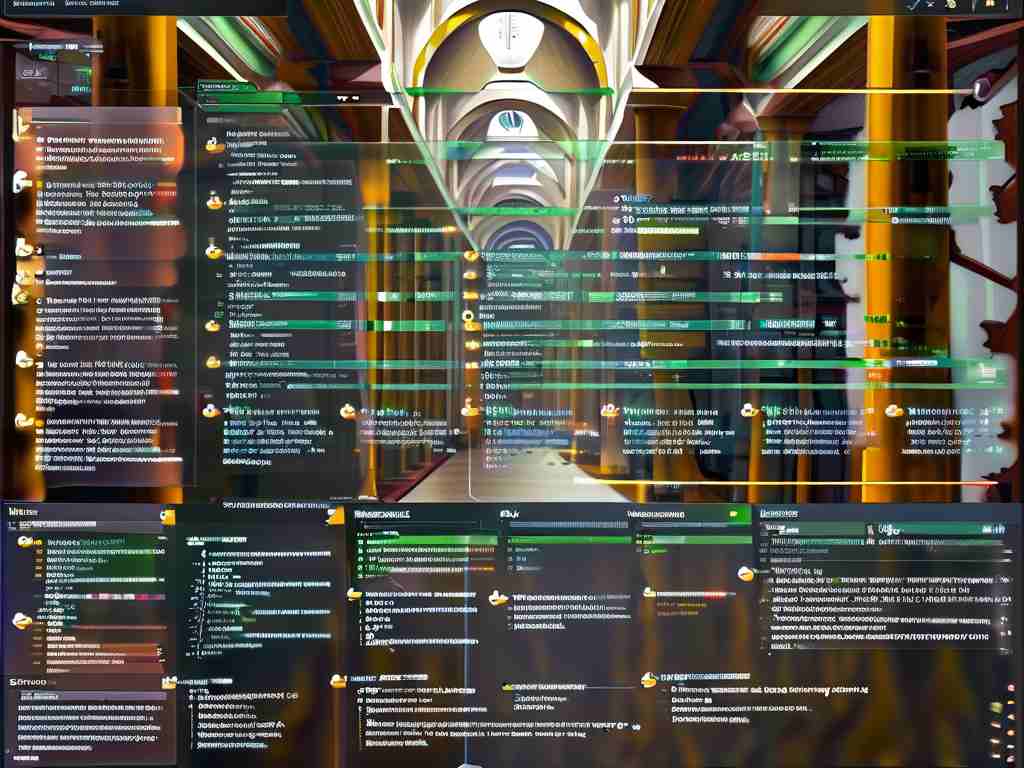In modern computing systems, memory performance remains a critical factor influencing overall system responsiveness. Among various technical parameters, memory timing settings play a pivotal role in determining how efficiently data flows between RAM modules and the processor. This article explores the mathematical relationship behind memory timing configurations and their practical impact on system performance.

Core Timing Parameters
Memory timing is defined by four primary metrics: CL (CAS Latency), tRCD (RAS to CAS Delay), tRP (RAS Precharge Time), and tRAS (Active to Precharge Delay). These values, measured in clock cycles, dictate how quickly memory cells respond to controller commands. For example, a DDR4 module labeled "16-18-18-36" indicates CL=16, tRCD=18, tRCD=18, and tRAS=36 cycles respectively.
The Efficiency Formula
While no universal equation governs all timing interactions, engineers often use a simplified model to estimate latency:
Effective Latency (ns) = (CL + tRCD + tRP) × Clock Period (ns) For instance, a DDR4-3200 module (clock period = 0.625ns) with timings 16-18-18-36 would calculate as:
(16 + 18 + 18) × 0.625 = 52 × 0.625 = 32.5ns This formula emphasizes how tighter timings (lower numerical values) reduce overall latency despite higher clock speeds. However, real-world performance depends on additional factors like command rate and bank group switching delays.
Practical Implementation Challenges
- Speed-Timing Balance: Increasing memory frequency typically requires looser timings to maintain stability. Users must find the optimal balance – a 10% frequency boost often outweighs minor timing increases.
- Voltage Dependencies: Aggressive timing adjustments usually require elevated DIMM voltages (1.35V-1.5V), raising thermal concerns in compact systems.
- Platform Limitations: Chipset memory controllers impose ceiling limits for both frequency and timing adjustments, varying between Intel and AMD architectures.
Benchmark Validation
Testing with AIDA64 or SiSoftware Sandra reveals nuanced patterns:
- CL Reduction: Cutting CAS latency from 16 to 14 cycles improves read latency by ~7%
- tRAS Optimization: Shortening active-precharge delay enhances burst write performance by up to 12%
- Command Rate: Switching from 2T to 1T command rate can boost bandwidth efficiency by 8-10%
Advanced Optimization Techniques
For enthusiasts seeking maximum performance:
- Secondary Timings: Parameters like tRFC (Refresh Cycle Time) and tWR (Write Recovery) significantly affect sustained throughput
- Geardown Mode: DDR4's optional 1/2 clock divider improves signal integrity at extreme frequencies
- Temperature Management: Active cooling solutions allow stable operation of overvolted modules
Industry Perspectives
Major DRAM manufacturers employ proprietary algorithms for timing calibration. Micron's "Fine Delay Adjustment" technology, for example, enables per-module timing optimization during production. These automated systems achieve what manual tuning cannot – balancing hundreds of tertiary parameters for optimal yield and performance.
Future Developments
Emerging standards like DDR5 introduce dual 32-bit channels and on-die ECC, fundamentally altering timing calculations. Preliminary analysis shows DDR5-4800 modules (CL=40) deliver comparable effective latency to DDR4-3200 (CL=16) through enhanced parallelism:
DDR4-3200: 16 × 0.625ns = 10ns CAS
DDR5-4800: 40 × 0.416ns = 16.64ns CAS While raw latency increases, DDR5's doubled burst length and improved bank grouping compensate through higher effective bandwidth.
Mastering memory timing calculations empowers system builders to optimize performance beyond basic frequency adjustments. By understanding the relationship between clock cycles, nanosecond delays, and architectural constraints, users can make informed decisions when selecting or overclocking memory modules. As memory technologies evolve, these principles will remain essential for extracting maximum computational efficiency.









